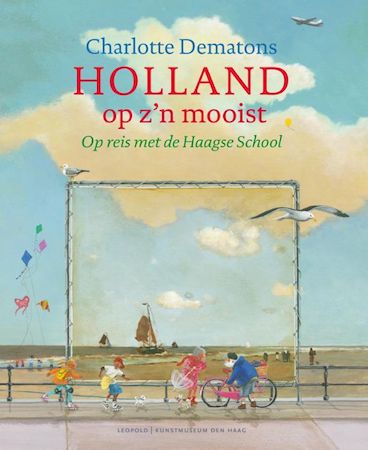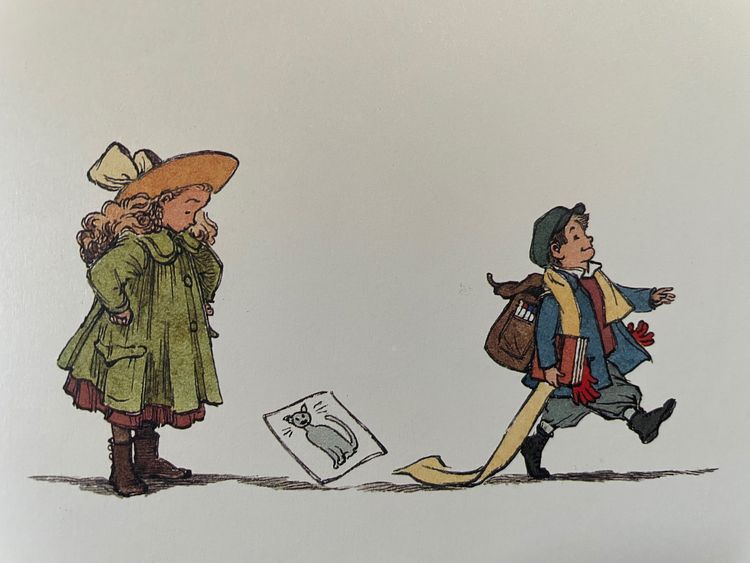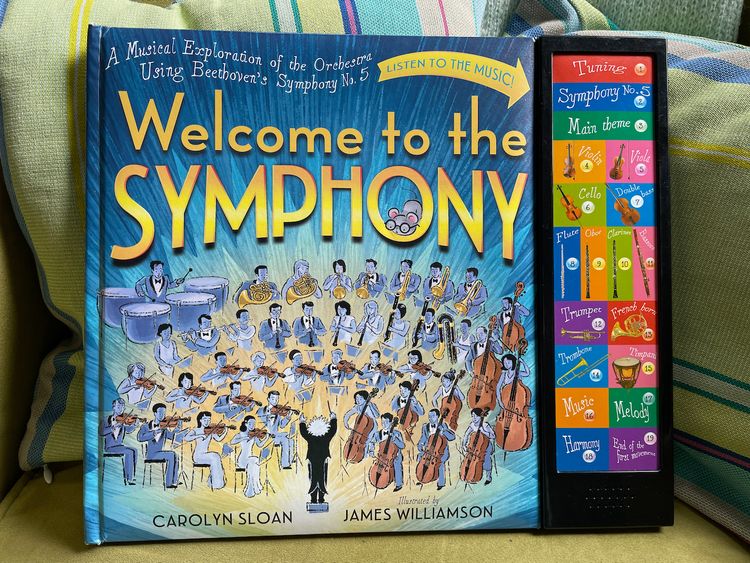‘Holland at Its Best’ Review: A Picture is Worth a Thousand Words

Holland op z’n mooist, Op reis met de Haagse School
By Charlotte Dematons. Kunstmuseum Den Haag and Leopold.
Among my very favorite children’s books is a beautiful Dutch work by Charlotte Dematons called Holland op z’n mooist, Op reis met de Haagse School (Holland at Its Best: Traveling with the Hague School). Despite its title, the anglophone parent need not fear. Like an Applebee’s menu, the book relies on images rather than the written word to share its heartwarming story.
Dematons opens the book with her protagonist, a salt-of-the-earth lover of the arts with a Siinterklaas beard, departing his humble home before daybreak, as a vast, clouded sky looms overhead. With his camera around his neck, his guidebook in hand, and his heart open to serendipity, he sets out on the roughly nine-hour pedestrian journey from the western suburbs of Amsterdam to the Gemeentemuseum Den Haag.
On his way, our protagonist passes through beautiful scenes of the Dutch coast and countryside inspired by paintings from the collections of the Gemeentemuseum and several other institutions. Creaking windmills, peasants hauling wagonloads of hay and wood, livestock calmly feeding, wind-tossed ships fighting to stay afloat, and a leisurely painter at work in the shade of a white umbrella — Dematons elegantly interweaves these nineteenth-century archetypes into the grand canvases that provide the backdrop for the protagonist’s travels.
The traveler’s simple, idyllic journey becomes emotionally complicated when the protagonist injures his foot, receives first-aid treatment from a caring lady of a certain age who passes him on her bicycle, and promptly falls in love. Their bond deepens as they continue their journey on the bike together, braving a downpour, a hungry dog, and a flat tire as they continue toward the Hague. When the woman’s wealthy neighbor drives by in his luxurious red car and rescues her from her bicycle breakdown, however, the nascent romance turns into a class-fueled love triangle that only the first couple’s shared passion for the arts can resolve.
Hidden surprises abound in Dematons' book, and numerous sub-plots involving family bicycle outings, a bright-red montgolfier, and a playful yellow balloon ensure that there is plenty to inspect and discuss on each page. The book also lends itself especially well to playing seek-and-find games. The gallery walls at the end of the book irrestistibly beg the reader to revisit the earlier pages in search of the scenes that the paintings inspired (and can excite children for a visit to a real museum – my daughter adored the scavenger hunt that we did at our local art museum).
Holland op z'n mooist is not only Holland at its best; it is also children's publishing at its best. Parents and children can narrate the story in their own words or simply bask in its visual delights. Either way, each read will provide a unique and enriching experience. My only wish is that more of the world's great museums would undertake similar projects.
I cannot recommend the book highly enough.



Comments ()